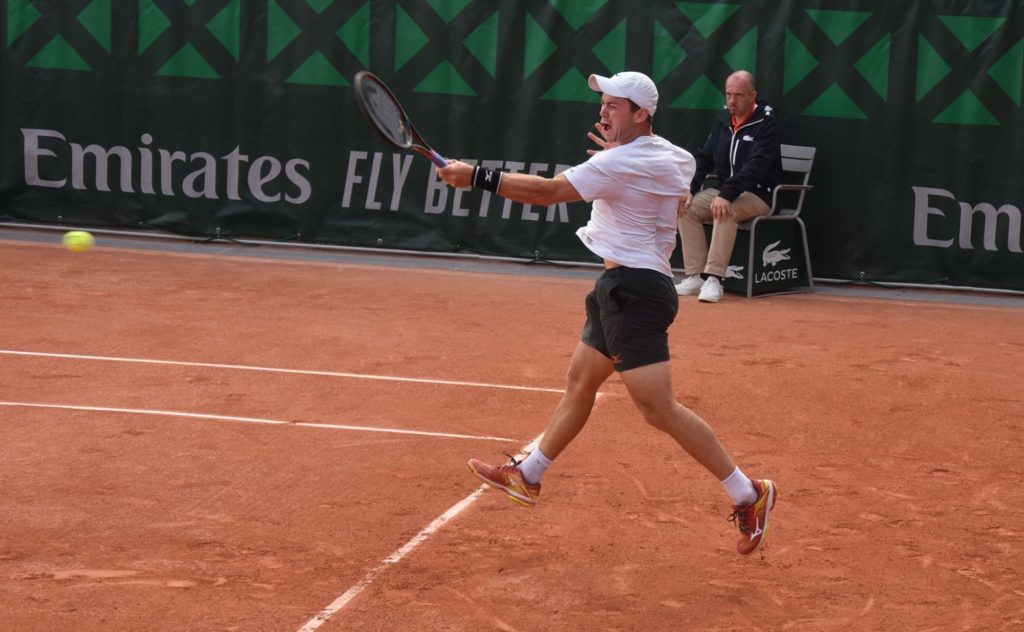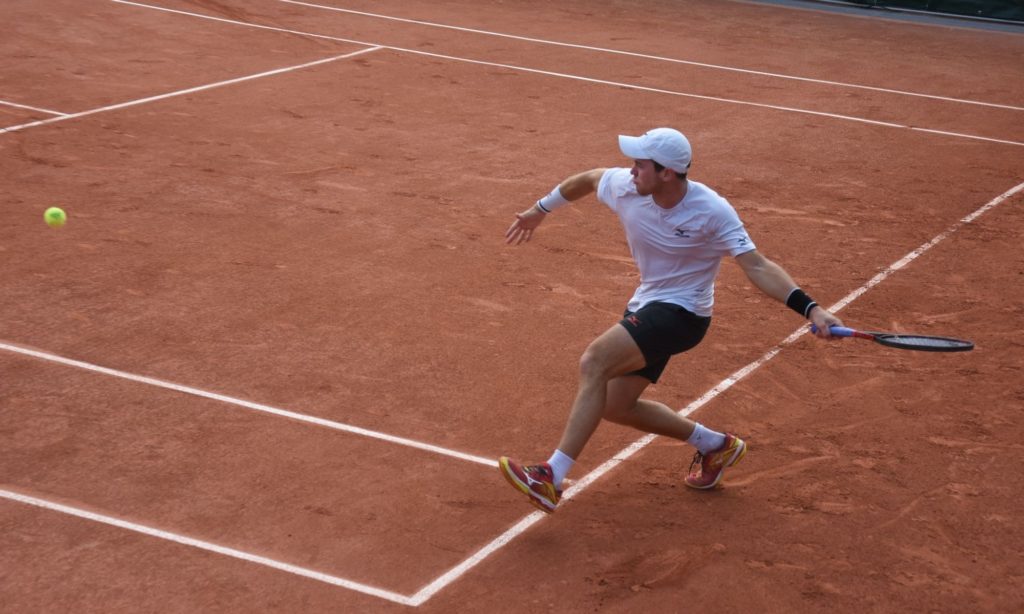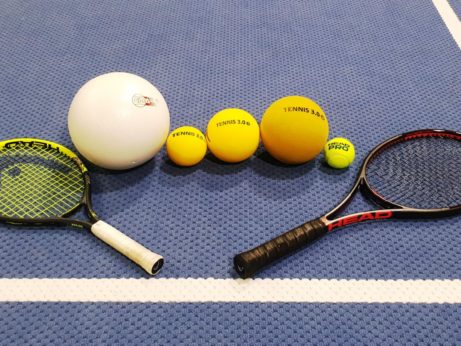Dominik Koepfer – Solid Leftie Forehand 3.0

The hard-fighting German leftie Dominik Koepfer (*94 / GER) is a former college player at Tulane University where he has earned the nickname “Pitbull”. His big tour breakthrough came at the 2019 US Open while making it out of the qualification all the way into the fourth round where he lost in 4 sets to the eventual runner-up Daniil Medvedev (*96 / RUS). This success earned him the premier entry into the ATP top 100.
Dominik was showing some good results during the spring and summer of 2019 already. In the below photos, I am looking at his strong and mostly very solid forehand during the 2019 French Open Qualification. Already there, he did belong to the rather smaller group of players understanding quite well most of the main elements of the Forehand 3.0 Code while often successfully following the necessary reference points leading to the body energy dominance of his forehand strokes. This is then based on an optimal absorption of the incoming ball combined with a sound body energy unloading against the target realized in the way that the body energy flow is helping to stabilize the dynamic racket position in the space. Some of the main reference points are connected to the helix form of the stroke and to the extension against the target while keeping the racket tip on the outside.














It’s quite interesting that Dominik who spent some years in the American college system has developed much more efficient forehand aka Forehand 3.0 than most American players of his generation who have often difficulties with the optimal body energy domination of their forehand strokes, mainly from the view of an optimal receiving/sending complex and are often closer to the arm-dominated Forehand 2.0 than to the more efficient Forehand 3.0.
This article covers certain aspects of Dominik Koefper’s forehand 3.0 and forehand 3.0 in general only! It is not intended as a complete stroke analysis. Further extensive photo galleries and more distinct details about his forehand and other strokes (including improvement suggestions) as well as about the strokes of many other top players over the time are available upon a qualified request at drmgb11(at)gmail.com. Some significant details of this kind, necessary for the peak performance in modern tennis as well as for a sustainable tennis training/development in general, are being discussed also in the seminar “TENNIS 3.0 – Future of the Game”, which is available worldwide upon request – www.tennis30.com / www.tennis30.cz
Photos (May 2019) & text (February 2020) are under the copyright of the author, Dr. Martin G. Baroch. Any further publication of either any of the photos and/or texts with the explicit written permission issued by the author/copyright owner only!! All comments & instructions provided reflect just the personal opinion of the author and neither the author nor the CPTA accepts any responsibility for potential damages, direct or implied, of any kind!!



